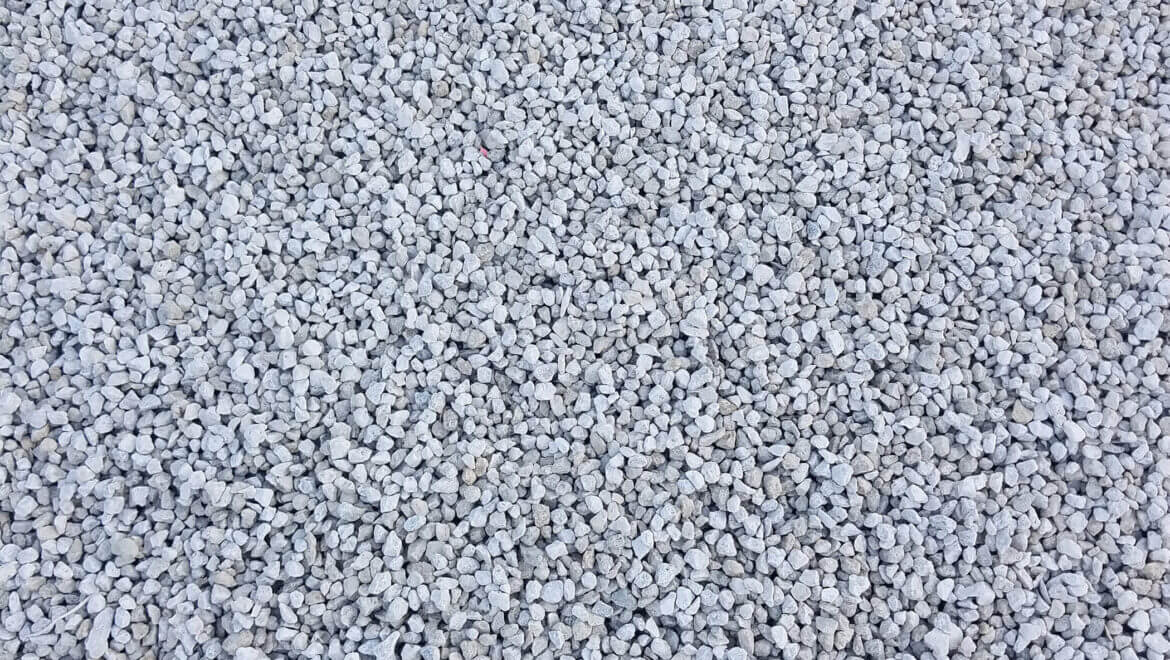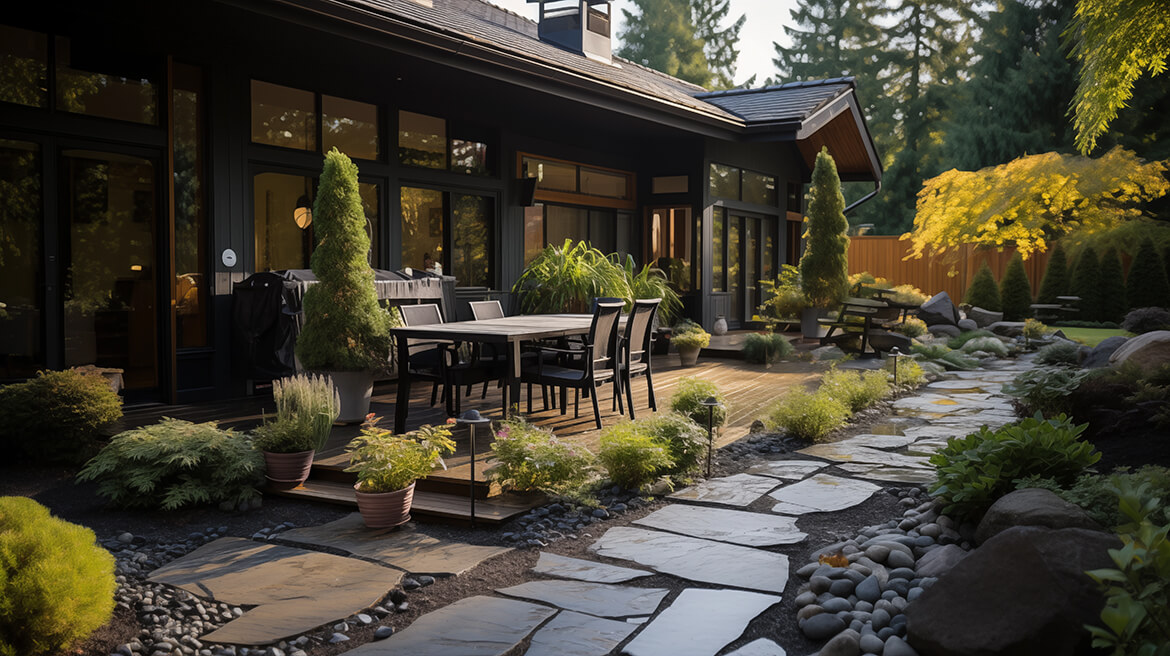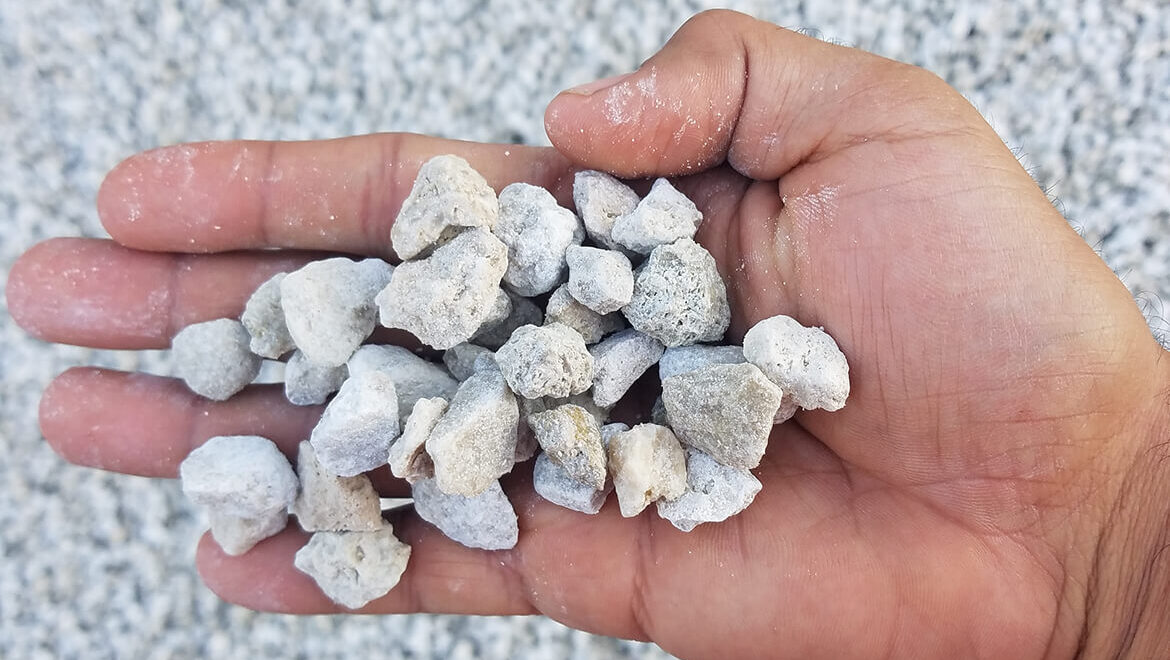Limestone: Benefits and Uses of This Versatile Stone in Construction and Landscaping
Limestone Stone: Uses, Benefits, and Applications
Limestone stone is one of the most widely used natural materials in both construction and landscaping. Known for its versatility, durability, and elegant appearance, it’s become a favorite in residential, commercial, and decorative projects. In this article, we’ll explore the main uses and advantages of limestone, and why it may be the perfect choice for your next project.
💡 Looking for limestone for your project? Browse our collection of limestone products.
Uses of Limestone in Construction
Limestone is frequently used for:
-
Exterior cladding: Offers a natural and elegant finish.
-
Flooring and stairs: Its textured surface provides good traction.
-
Structural or decorative walls: It’s strong yet easy to shape.
-
Architectural elements: Such as columns, cornices, and carved moldings.
Applications in Landscaping and Garden Design
In landscaping projects, limestone provides endless possibilities:
-
Garden paths and walkways
-
Decorative borders around plant beds
-
Retaining walls and stone benches
-
Ground cover for dry gardens or zen-inspired designs
Its neutral tones and organic texture blend well with both rustic and modern environments.
Benefits of Choosing Limestone
-
Durability: Withstands time and outdoor conditions.
-
Versatility: Easy to cut and shape for multiple uses.
-
Natural aesthetic: Available in cream, beige, gray, and white tones.
-
Eco-friendly: A natural material with minimal environmental impact.
-
Low maintenance: Requires little upkeep or specialized cleaning.
Limestone vs. Other Natural Stones
While granite and marble are also popular, limestone offers an excellent balance of:
-
Cost
-
Ease of installation
-
Timeless appearance
It’s a smart solution for those seeking high-quality results with fewer complications.
Conclusion
Limestone stone delivers a rare combination of strength, beauty, and functionality—making it a top choice for both construction and landscaping. Whether you need a sophisticated finish for your facade or a natural pathway in your garden, limestone is a reliable and aesthetic solution.
Ideal for Residential and Commercial Projects
Whether you’re building a patio, walkway, or decorative wall, limestone stone suits both small residential upgrades and large-scale commercial projects. Its ability to combine strength with visual appeal makes it a favorite among builders and designers alike.






